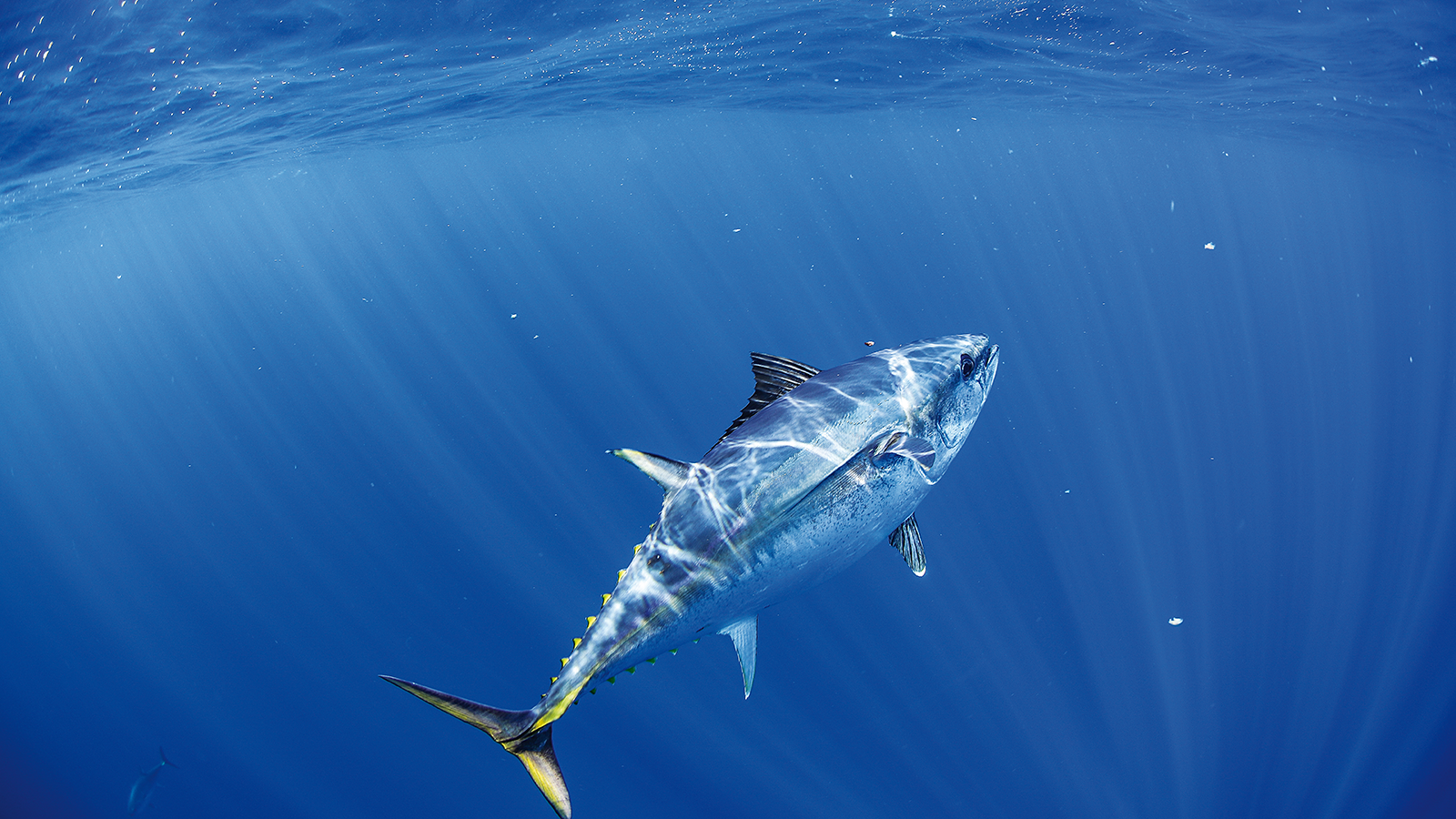Marine spatial planning (MSP) has emerged in recent years as a tool for sea use management. However, MSP requires adequate and accurate information on the biophysical state and usage of the marine environment. Such data often exists, but generally not in a format which allows several data layers to be overlaid in order to identify potential conflicts/trade-offs.
Marine information management and data science are developing areas of research addressing how to easily access, collate and use multiple disparate sources of data to support marine ecosystem and resource management. Significant efforts are made to standardize the collection, reporting and open access to marine data in existing databases and platforms, but these platforms commonly use specific (and differing) sources and types of data. Challenges arise from disparities in spatiotemporal resolution, uncertainty in geographic positioning, diversity of data sources and types, lack of access, and often limited metadata standards within and across scientific disciplines. To address this problem, this project will identify, compile and standardize spatially-resolved datasets required for marine social-ecological system management for Tasmanian State waters. No new field-based data will be collected, although secondary analysis may create new datasets. Rather than duplicating effort, this project builds on accessible databases and platforms to provide recommendations on the availability and best practices of using marine data to support data-driven decision-making processes in Tasmanian waters.
Perhaps more importantly, this project will also compare various off-the-shelf tools to identify trade-offs at various scales and resolutions of interest. Currently, many off-the-shelf spatial multi-criteria decision-analysis tools and methods exist (e.g. Marxan, CommunityViz, SSANTO…). More have been developed for more specific uses (e.g. the Aquaspace tool - developed to plan trade-offs with aquaculture in Europe). Research is required to identify the most appropriate tools for use in identifying conflicts/trade-offs in Tasmanian waters, given the needs of decision-makers and the available data.
Finally, this project will provide planning for database longevity.





